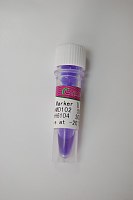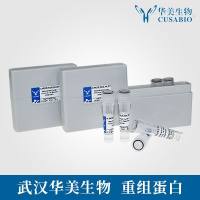Electroporation of Tobacco Leaf Protoplasts Using Plasmid DNA or Total Genomic DNA
互联网
567
Direct gene transfer into tobacco leaf protoplasts via electroporation is used in many laboratories for transient-expression studies. Protoplasts in general are a convenient model to study events that occur in planta rapidly. Transient expression provides answers in a matter of days instead of the several months that would be needed if the same experiment was carried out with transgenic plants. Examples include: elicitor regulation of a plant defense gene (1 ), UV induction of chalcone synthase (2 ), induction of an Adh1 promoter by low concentrations of oxygen (3 ), hormone response (4 ,5 ), transactivation of a promoter by cotransfection with two plasmids, one encoding a transcription factor and the other one carrying its target promoter in front of a reporter gene (6 ), homologous recombination (7 ), and nuclear targeting (8 ,9 ). However it must be noted that although in the above examples transient expression is mimicking what can be observed in stable transformants, there are cases reported where there are noticeable differences between the two approaches. For example, the strictly seed-specific gene encoding soybean β-conglycinin is expressed in tobacco mesophyll protoplasts, but the sequences responsible for that expression are different from those controlling expression in stable-transformation experiments (10 ). The same situation has been suggested for the promoter of the pathogenesis-related 1a protein gene (11 ).






